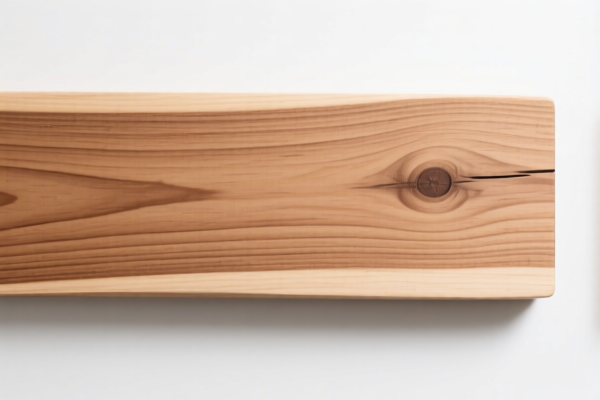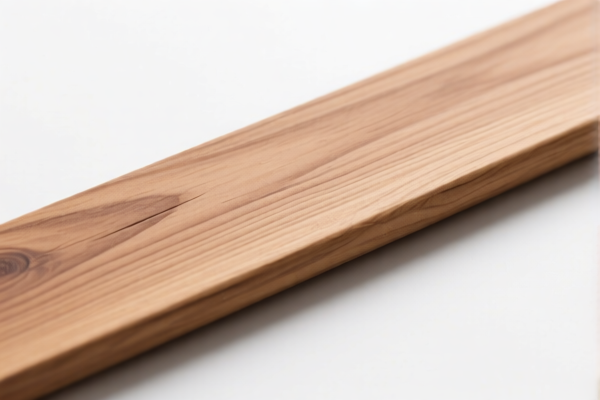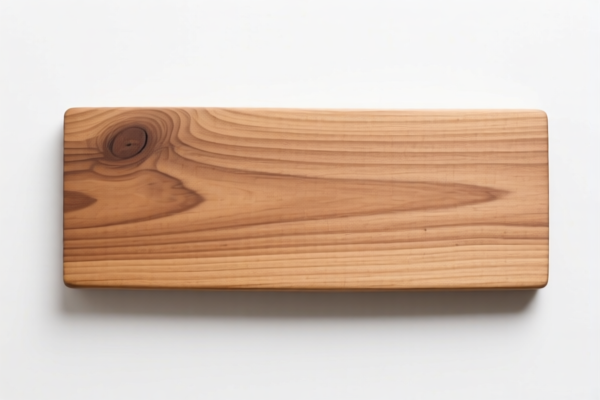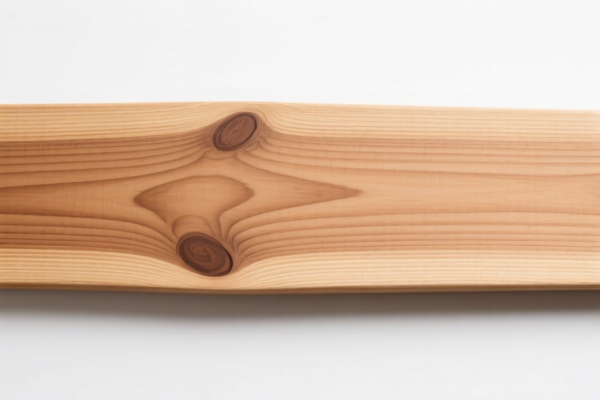| HS Code | Official Doc | Tariff Rate | Origin | Destination | Effective Date |
|---|---|---|---|---|---|
| 4401110000 | Doc | 55.0% | CN | US | 2025-05-12 |
| 4401120000 | Doc | 55.0% | CN | US | 2025-05-12 |
| 4403110020 | Doc | 55.0% | CN | US | 2025-05-12 |
| 4403230142 | Doc | 55.0% | CN | US | 2025-05-12 |
| 1401100000 | Doc | 55.0% | CN | US | 2025-05-12 |
| 1401904000 | Doc | 58.2% | CN | US | 2025-05-12 |
| 1404909090 | Doc | 55.0% | CN | US | 2025-05-12 |
| 1404904000 | Doc | 57.3% | CN | US | 2025-05-12 |




Woods
Definition
Woods refers to a land area dominated by trees. More specifically, it generally implies an area of land smaller than a forest, often with a denser undergrowth and less formal management. The term can encompass a variety of tree types and ecosystems.
Material Composition
The primary material of woods is, naturally, wood. This consists of:
- Cellulose: The structural component of plant cell walls, providing strength and rigidity.
- Lignin: A complex polymer that adds rigidity and resistance to decay.
- Water: Variable content, influencing weight and properties.
- Extractives: Resins, tannins, oils, and other compounds contributing to color, odor, and durability.
- Mineral Salts: Present in smaller quantities, influencing nutrient content and sometimes color.
The specific composition varies greatly depending on the tree species. Common wood types found in woods include:
- Hardwoods: From deciduous trees (lose leaves annually), generally denser and stronger (e.g., oak, maple, beech, cherry).
- Softwoods: From coniferous trees (evergreen, cone-bearing), generally lighter and easier to work with (e.g., pine, fir, spruce).
Purpose & Function
Woods serve a multitude of ecological and practical functions:
- Ecosystem Support: Provide habitat for diverse plant and animal life.
- Carbon Sequestration: Absorb and store carbon dioxide, mitigating climate change.
- Water Regulation: Help regulate water cycles, preventing erosion and filtering water.
- Soil Stabilization: Root systems bind soil, preventing landslides and erosion.
- Resource Provision: Supply timber for construction, fuel, paper production, and other materials.
- Recreation & Aesthetics: Offer spaces for outdoor activities, relaxation, and scenic beauty.
Usage Scenarios
- Construction: Timber from woods is used in building houses, furniture, and other structures.
- Fuel: Wood is a traditional source of energy for heating and cooking.
- Paper Production: Wood pulp is the primary raw material for paper.
- Furniture Making: Various wood types are crafted into furniture pieces.
- Landscaping: Woods are incorporated into landscaping designs for aesthetic and ecological purposes.
- Conservation Areas: Woods are protected for their biodiversity and ecological value.
- Recreational Activities: Hiking, camping, hunting, and other outdoor pursuits.
Common Types (categorized by climate/region)
- Temperate Deciduous Woods: Dominated by hardwood trees like oak, maple, beech, and birch (e.g., found in Eastern North America, Europe).
- Boreal Woods (Taiga): Primarily coniferous trees like spruce, fir, and pine, often found in colder northern regions (e.g., Canada, Russia).
- Tropical Rainforest Woods: Highly diverse ecosystems with a wide variety of hardwood species (e.g., Amazon rainforest, Congo rainforest).
- Mediterranean Woods: Characterized by evergreen trees and shrubs adapted to dry summers and mild winters (e.g., Southern Europe, California).
- Coastal Woods: Often feature salt-tolerant trees and shrubs, adapted to coastal environments.
The term "woods" broadly encompasses various wood products, and the applicable HS codes depend on the specific form and processing of the wood. Here's a breakdown of relevant HS codes based on the provided information:
- 4401110000: This code covers Fuel wood, in logs, in billets, in twigs, in faggots or in similar forms: Coniferous. This applies to wood specifically intended for fuel, in its raw or roughly processed state, and originating from coniferous trees (e.g., pine, fir, spruce). The tax rate is a base tariff of 0.0%, an additional tariff of 25.0%, increasing to 30.0% after April 2, 2025, resulting in a total tariff of 55.0%.
- 4401120000: This code covers Fuel wood, in logs, in billets, in twigs, in faggots or in similar forms: Nonconiferous. Similar to the above, but for wood sourced from non-coniferous trees (e.g., oak, maple, beech). The tax rate structure is identical to 4401110000: 0.0% base tariff, 25.0% additional tariff (increasing to 30.0% after April 2, 2025), for a total of 55.0%.
- 4403110020: This code covers Wood in the rough, whether or not stripped of bark or sap- wood, or roughly squared: Treated with paint, stain, creosote or other preservatives: Coniferous Poles, piles and posts: Telephone, telegraph and electrical power poles. This applies to roughly processed coniferous wood that has been treated with preservatives and is used for poles, piles, or posts, specifically telephone, telegraph, or electrical power poles. The tax rate is 0.0% base tariff, 25.0% additional tariff (increasing to 30.0% after April 2, 2025), totaling 55.0%.
- 4403230142: This code covers Wood in the rough, whether or not stripped of bark or sap- wood, or roughly squared: Other, coniferous: Of fir (Abies spp.) and spruce (Picea spp.), of which the smallest cross-sectional dimension is 15 cm or more Logs and timber: Other fir; balsam. This applies to roughly processed coniferous wood, specifically fir and spruce with a minimum cross-sectional dimension of 15cm, used as logs or timber. The tax rate is 0.0% base tariff, 25.0% additional tariff (increasing to 30.0% after April 2, 2025), totaling 55.0%.
According to the provided reference material, the HS code options related to 'woods' are limited, with only the following 4 found.
Customer Reviews
No reviews yet.